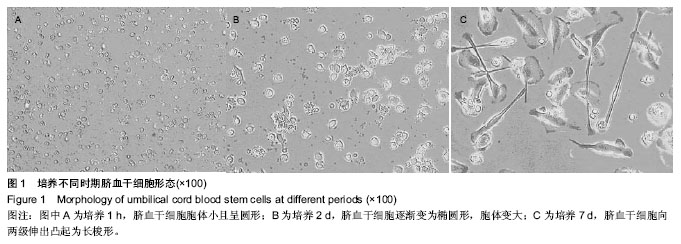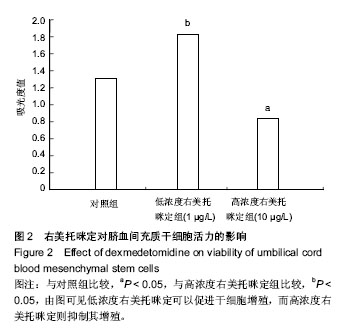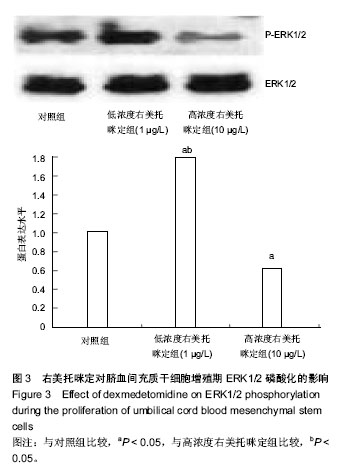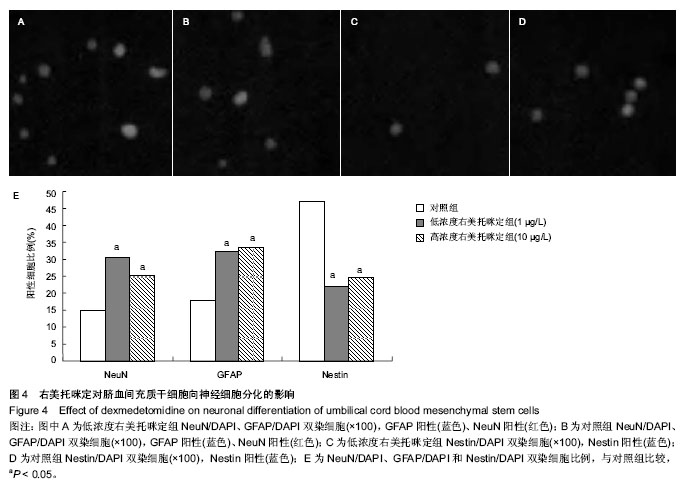| [1] Sun L, Guo R, Sun L.Dexmedetomidine for preventing sevoflurane-related emergence agitation in children: a meta-analysis of randomized controlled trials.Acta Anaesthesiol Scand. 2014;58(6):642-650.
[2] Kachalia A,Kachalia K,Nagalli S,et al.Analysis of safety and eficacy of dexmedetomidine as adjunctive therapy for alcohol with drawal in ICU.Chest.2014;145(3 Supp1):207A.
[3] Engelhard K, Werner C, Eberspächer E,et al.The effect of the alpha 2-agonist dexmedetomidine and the N-methyl-D- aspartate antagonist S(+)-ketamine on the expression of apoptosis-regulating proteins after incomplete cerebral ischemia and reperfusion in rats.Anesth Analg. 2003;96(2): 524-531.
[4] Wang X, Ji J, Fen L, et al.Effects of dexmedetomidine on cerebral blood flow in critically ill patients with or without traumatic brain injury: a prospective controlled trial.Brain Inj. 2013;27(13-14):1617-1622.
[5] 韩缪,张晴晴,费远晖,等.鞘内注射右美托咪定对小鼠催眠和学习记忆的影响[J].徐州医学院学报,2013,33(9):577-579.
[6] 柏平,吴修建,闫东.右美托咪啶与咪达唑仑对幼鼠神经细胞损伤及学习记忆功能的影响[J].重庆医学,2013,42(25):2966-2968.
[7] 赵俊暕,陈乃耀,石峻,等.人脐血间充质干细胞移植对创伤性脑损伤大鼠VEGF分泌及血管新生的影响[J].中国神经免疫学和神经病学杂志,2013,20(4):267-273.
[8] 郑志娟,庄文欣,付文玉.人脐带间充质干细胞的研究进展[J].解剖科学进展,2008,14(1):100-104.
[9] 田晓宁.脐血干细胞的特性及其临床应用[J].中国组织工程研究与临床康复,2009,13(36):7197-7200.
[10] Bjugstad KB, Teng YD, Redmond DE Jr,et al.Human neural stem cells migrate along the nigrostriatal pathway in a primate model of Parkinson's disease.Exp Neurol. 2008;211(2): 362-369.
[11] Sanders RD, Xu J, Shu Y,et al.Dexmedetomidine attenuates isoflurane-induced neurocognitive impairment in neonatal rats.Anesthesiology. 2009;110(5):1077-1085.
[12] Sanders RD, Sun P, Patel S,et al.Dexmedetomidine provides cortical neuroprotection: impact on anaesthetic-induced neuroapoptosis in the rat developing brain.Acta Anaesthesiol Scand. 2010;54(6):710-716.
[13] Pucilowska J, Puzerey PA, Karlo JC,et al.Disrupted ERK signaling during cortical development leads to abnormal progenitor proliferation, neuronal and network excitability and behavior, modeling human neuro-cardio-facial-cutaneous and related syndromes.J Neurosci. 2012;32(25):8663-8677.
[14] Bjugstad KB, Teng YD, Redmond DE Jr,et al.Human neural stem cells migrate along the nigrostriatal pathway in a primate model of Parkinson's disease.Exp Neurol. 2008;211(2): 362-369.
[15] Sung MA, Jung HJ, Lee JW, et al. Human umbilical cord blood-derived mesenchymal stem cells promote regeneration of crush-injured rat sciatic nerves. Neural Regen Res. 2012; 7(26): 2018-2027.
[16] 王蒙,杨媛,史春梦,等.人脐血源性MSCs成骨诱导分化后对DCs的免疫抑制研究[J].免疫学杂志,2012,28(11):959-963.
[17] 孙艳,段芳龄,陈香宇,等.体外诱导人脐血间充质干细胞向肝细胞样细胞分化的研究[J].胃肠病学和肝病学杂志,2004,13(3): 239-243.
[18] 李恒,李晓红,毕建芬,等.全反式维甲酸促人脐血多能干细胞向多巴胺能神经元分化[J].山东大学学报:医学版,2012,50(6):92-96.
[19] Pucilowska J, Puzerey PA, Karlo JC,et al.Disrupted ERK signaling during cortical development leads to abnormal progenitor proliferation, neuronal and network excitability and behavior, modeling human neuro-cardio-facial-cutaneous and related syndromes.J Neurosci. 2012;32(25):8663-8677.
[20] Herold S, Jagasia R, Merz K,et al.CREB signalling regulates early survival, neuronal gene expression and morphological development in adult subventricular zone neurogenesis.Mol Cell Neurosci. 2011;46(1):79-88.
[21] Bhana N, Goa KL, McClellan KJ.Dexmedetomidine.Drugs. 2000;59(2):263-268.
[22] Bekker A, Sturaitis M, Bloom M,et al.The effect of dexmedetomidine on perioperative hemodynamics in patients undergoing craniotomy.Anesth Analg. 2008;107(4): 1340- 1347.
[23] Takamatsu I, Iwase A, Ozaki M,et al.Dexmedetomidine reduces long-term potentiation in mouse hippocampus. Anesthesiology. 2008;108(1):94-102.
[24] Sanders RD, Sun P, Patel S,et al.Dexmedetomidine provides cortical neuroprotection: impact on anaesthetic-induced neuroapoptosis in the rat developing brain.Acta Anaesthesiol Scand. 2010;54(6):710-716.
[25] Herold S, Jagasia R, Merz K,et al.CREB signalling regulates early survival, neuronal gene expression and morphological development in adult subventricular zone neurogenesis.Mol Cell Neurosci. 2011;46(1):79-88.
[26] Wang X, Ji J, Fen L, et al.Effects of dexmedetomidine on cerebral blood flow in critically ill patients with or without traumatic brain injury: a prospective controlled trial.Brain Inj. 2013;27(13-14):1617-1622.
[27] 杜婷.肾上腺素能受体激动剂引起星形胶质细胞和小鼠脑内ERK1/2磷酸化的信号传导途径[D].沈阳:中国医科大学,2011.
[28] Diaz NL, Waters CH.Current strategies in the treatment of Parkinson's disease and a personalized approach to management.Expert Rev Neurother. 2009;9(12):1781-1789.
[29] Pucilowska J, Puzerey PA, Karlo JC,et al.Disrupted ERK signaling during cortical development leads to abnormal progenitor proliferation, neuronal and network excitability and behavior, modeling human neuro-cardio-facial-cutaneous and related syndromes.J Neurosci. 2012;32(25):8663-8677.
[30] Kögler G, Callejas J, Sorg RV, et al.The effect of different thawing methods, growth factor combinations and media on the ex vivo expansion of umbilical cord blood primitive and committed progenitors.Bone Marrow Transplant. 1998;21(3): 233-241. |



